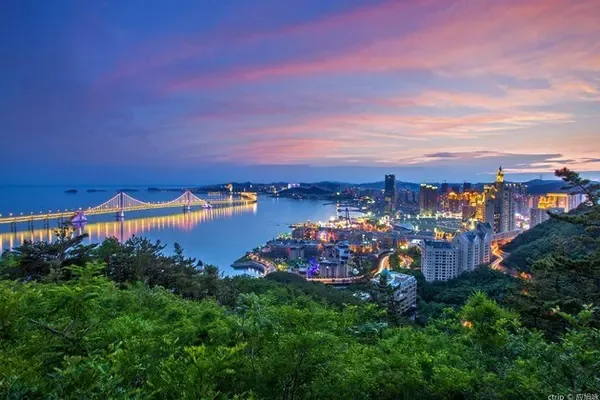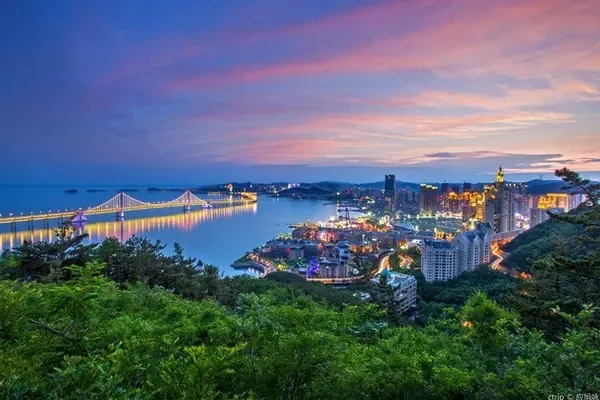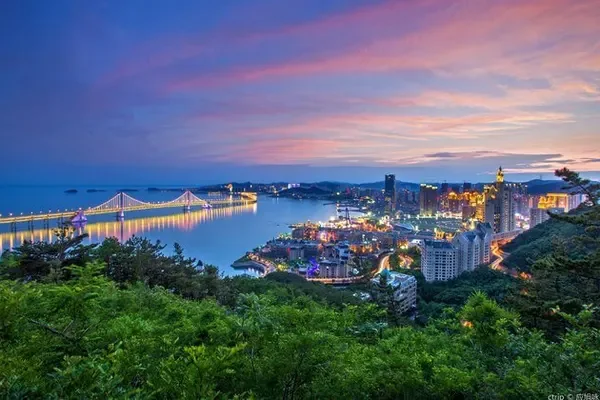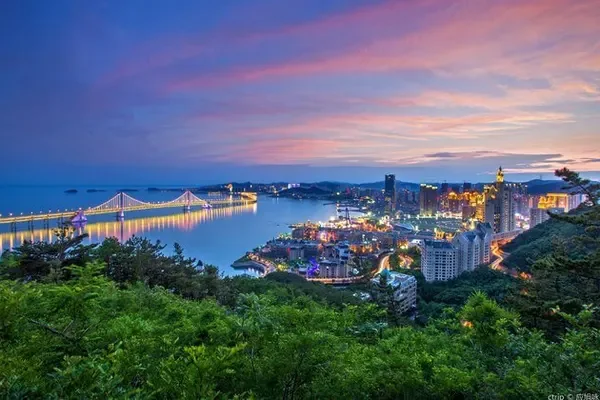




Hotan is located at the southernmost tip of the Xinjiang Uygur Autonomous Region, at the northern foot of the Karakorum Mountains and the southern edge of the Taklamakan Desert, with a total area of 247,800 square kilometers, of which mountains account for 33.3%, deserts account for 63%, and oases account for only 3.7%. It is divided into more than 300 pieces of different sizes with the Gobi, and the border line is 210 kilometers. The region governs 7 counties and 1 city, 128 townships (area management committees), 1,579 administrative villages, 25 streets (area management committees), and 217 community neighborhood committees, with a total population of 2.5306 million, including Uyghur, Han, and Hui , Kazakh, Tajik, Kirgiz and other 22 ethnic groups. Hotan area is rich in tourism resources and profound cultural heritage, and its diversity and enrichment have obvious advantages in Xinjiang and the whole country. One is the long history and culture. Hotan was the first city in the Western Regions to accept and spread Buddhism, and it was also a region that accepted Islam later. The famous Niya ruins are the hometown of the ancient country, which is called "Pompeii of the East" by Chinese and foreign archaeologists; there is a small Buddhist temple in Celle covering an area of 4 square meters during the Southern and Northern Dynasties more than 1,500 years ago. The second is the strong folk customs. Hotan area is a multi-ethnic area inhabited mainly by Uyghurs. Uyghur folk customs are the strongest, most original and most attractive in Hotan. The nation that mainland tourists often say "sings when they can talk and dances when they can walk" is the Hotan Uyghur. The third is the magnificent natural scenery. In Hotan, there is the majestic Kunlun, known as the "ancestor of thousands of mountains", and the Taklamakan Desert, the world's largest mobile desert known as the "Sea of Death". The thousand-year-old walnut king, the phoenix tree king, and the more than 500-year-old fig king; there is the Yulong Kashi River, which contains Hotan suet white jade. The fourth is the mysterious longevity culture. Hotan is a well-known longevity area both at home and abroad, and it is also one of the areas with the most centenarians in my country. In November 1991, the International Association of Natural Medicine officially announced that Hotan, Xinjiang, China was one of the top five longevity towns in the world. According to the survey, Hotan currently has more than 200 centenarians. Hotan is also a gathering place for health and wellness tourism in China. There is an endless stream of tourists who come to Hetian for health and wellness tourism and health care experiences every year. Fifth, rich products. The "old three treasures" of Hetian, Hetian jade, Hetian carpet, and Hetian silk, are well-known both at home and abroad. Hotan is rich in fruits, which not only have many varieties and good quality, but also are non-polluting, such as Piaman large sweet pomegranate, Hotan thin-skinned walnuts, and Hotan jujube, which are well-known throughout the country. Six is superior three-dimensional transportation. In terms of roads, Hotan has two desert roads connecting Aksu, Bazhou, and Kashgar across the Taklamakan Desert, as well as two national defense resource roads connecting the Ngari region of Tibet; in terms of railways, the Hotan-Ruoqiang Railway has been launched in 2018 The construction project is expected to form a railway ring line between Hotan and the Mainland at the end of the 13th Five-Year Plan. In terms of aviation, Hotan Airport has become the fifth largest airport in Xinjiang, with a throughput exceeding 1.5 million passengers in 2019. The three-dimensional transportation "bottleneck" that restricts the development of Hotan's tourism industry is about to be comprehensively improved. Hotan is about to change from a "pocket bottom" to the second major channel for entering and leaving Xinjiang. The formation of a comprehensive three-dimensional transportation network will help the high-quality development of Hotan's tourism industry.
Baili Kunlun Sky Road Ten Thousand Years Mythical Corridor
Hotan·Kunlun Sky Road
The "Kunlun Sky Road" in Hotan area starts from the Ahe Highway (Alar-Hotian Desert Highway) and ends at the Minfeng County Desert Highway, with a total length of about 400 kilometers. Rewak Buddhist Temple in County, Damo Populus euphratica Scenic Spot in Hotan City, Aidelaisi Handicraft Workshop, Yudu Grand Bazaar, Xinming Nanguo City, Tuancheng, Yudu City, Banlange Grassland in Cele County, Small Buddha Temple, Kunlun Mountain Grand Canyon, Scenic spots such as Longhu Lake in Yutian County, Kurban Turumu Memorial Hall, Boyi Ancient Village in Daliya, and Niya Ruins in Minfeng County.
The "Kunlun Sky Road" passes through four alpine pastures in Cele County, Banlange, Yamen, Paka, and Kashan. It is about 156 kilometers long and covers an area of about 1,500 square kilometers. road section. Here is a place with profound historical and cultural heritage, including the autonomous region-level intangible cultural heritage "Mountain Love Song", the regional-level intangible cultural heritage "Goat Dance", the unique Uyghur "Mexilaipu", and the food with endless aftertaste "Stir-fried meat", "sheep yogurt", "pea noodles", etc.; here has a long history and culture, and there are national key cultural relics protection units "Damagou Buddhist Site Museum", "Yuansha Ancient City", "Dandan Ulik Site", and autonomous regions The first-level cultural relics protection unit "Asa, Asi Ancient Castle Ruins", according to records: Tang Sanzang went to India to learn Buddhist scriptures, and the way back was too hot. His book "Da Tang Western Regions" described this as "there are many Buddhist pagodas and monks gathered." The desert scenery here is beautiful, with natural landscapes such as blue sky, clear water, desert, and Populus euphratica.

At present, "Kunlun Tianlu" has been built for many years and has begun to take shape. Along the way, there are more than 100 hotels, 98 homestays, 60 tourist toilets, 89 gas stations, hotels, restaurants, self-driving camps, homestays, toilets, and gas stations. And other supporting facilities are becoming more and more perfect. In 2019, "Kunlun Tianlu" has received more than 4,800 self-driving vehicles. The SS9 stage of the 2019 Ring of Towers Rally is located on a section of Kunlun Sky Road in Celer, which is called the most beautiful stage of the Ring of Towers.
Myths and legends: The ancients respected Kunlun Mountain as "the ancestor of ten thousand mountains", "the ancestor of dragon veins", "Dragon Mountain" and "ancestral dragon", so many beautiful and moving myths and legends were woven. According to legend, the fairy master of Kunlun Mountain is the Queen Mother of the West, and the "Yaochi" recorded in many ancient books is located here. According to the records of "Fengshen Yanyi", one of the Three Qings, the Yuxu Palace of Yuanshi Tianzun, the leader of Chanjiao, is also located in Kunlun Mountain.



"Nine Dragons Falling in Kunlun": It is said that nine dragons in ancient times flew over Kunlun Mountain, overlooking the fairy air in the mountain, so they flew down and turned into nine rivers in today's Cele mountain area, giving birth to the people here. At the same time, there are also legends of 18 miracles along the Kunlun Tianlu, such as "Jiantou Juelian", "Heaven and Earth Sleeping Buddha", "National Jade Origin".
Ban Lange Grassland


It is located in Uruksay Township, Cele County, with a total area of about 1633 square kilometers. A 3A-level tourist attraction, the resources are mainly snow mountains, grasslands, reservoirs, animal husbandry, original ecological villages, special snacks, etc. Culturally, it mainly displays Kunlun culture, grassland culture, ethnic culture, jade culture, etc. It is a place to experience the scenery of Kunlun Snow Mountain and the Western Regions Great place for prairie style.
Paka Prairie



It is located in Nuer Township, Cele County, with a total area of about 800 square kilometers. It is 140 kilometers away from Celle County, and the road is accessible. In the midsummer season from June to July every year, tourists who go to the grassland for summer vacation often have the magical feeling of "four seasons in a day, and different days in ten miles". It is a good place for sightseeing and location photography.
Yamen Grassland

Yamen Grassland is 160 kilometers away from the county seat. It is located in Saerlong Village, Nuer Township, with an area of 43,000 mu; the altitude is 3600m-3700m. The grassland has Kunlun Artemisia, silver fringe, wild onion, wool and other plants. During the midsummer season from June to July, there are a lot of leisure tourists going to the pasture to escape the summer heat.
Wang's hometown

Located in Nuer Township, fifteen kilometers to the right of the reservoir gate, there is no asphalt road and off-road vehicles can pass. There are towering snow-capped mountains in sight all the time, with a visual drop of nearly 3,000 meters and a contrast of rigid and soft lines, making the "Ancestor of Ten Thousand Mountains" look extraordinarily tall and magnificent.
Kazan Grassland




It is located in Bostan Township, Cele County, Hotan Prefecture, with a total area of about 634 square kilometers. The folk customs here are simple, the scenery is beautiful, the climate is pleasant, and the road construction is perfect. It is 120 kilometers away from Celle County.
Damagou Buddhist Site Museum

Damagou Buddhist Site Museum is located 30 kilometers east of Celle County and 4 kilometers away from National Highway 315. The location of the park - Damagou, was the seat of "Bimo", a small oasis country in the Western Regions in the Tang Dynasty, and was later annexed by the Khotan Kingdom. The place name of Damagou actually comes from Sanskrit, an ancient Indian language: "Dharma" means "Dharma" in Chinese, and the affix "kho" in ancient Hotan language indicates the place, meaning "the place where Buddhism gathers". The correct Chinese name of Damagou should be "Damogou", and it is also a place where Buddhism must pass through.
The beauty of Hetian Kunlun Tianlu
There are blue waves in the lake, dotted sand islands, Populus euphratica, desert, clear water, blue sky, the natural landscape of "Sand Sea and Green Lake", "Gulahema Populus euphratica Forest", "Damagou Wetland" and other landscapes.


Supporting facilities have been built: 4 gas stations, 5 parking lots, 4 kilometers of walking path, 17 toilets, 19 tourist homestays, and more than 120 tourist guide signs.








The total construction area of the new museum in Hotan area is 13,493 square meters. The museum has a collection of 3,272 sets of cultural relics and 9,553 pieces, including 559 precious cultural relics, about 2,000 cultural relic specimens, more than 660 ancient books, and nearly 800 folk customs.



